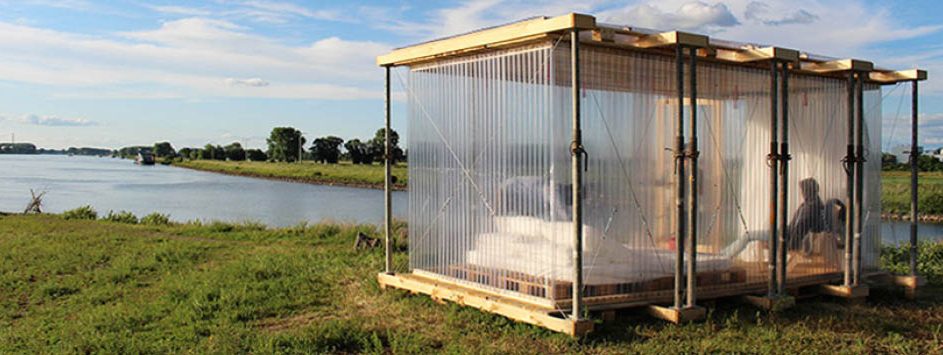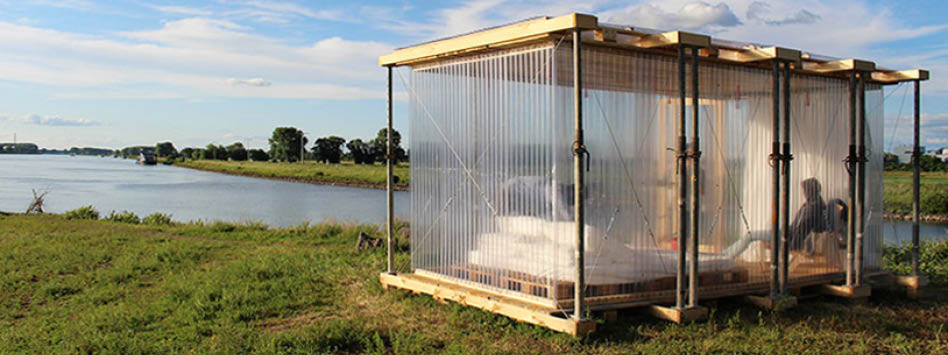Architecture often deals with major transformations, large-scale interventions, thus losing direct contact with materials and the “human” scale of things. In a historical moment of change like the one we are living, our constructive skills should be then developed and trained to get us more free, more aware, so we can be able to make the world we want.
Since 1950s Enzo Mari, an Italian self-taught designer, has argued in his books how self-construction can generate a critical mind-set, capable of facing the dynamics derived from industrial production: by building all along by ourselves, we can better comprehend the production process and be even more aware of what the market offers us. Through his book “Autoprogettazione?”, Mari has provided a manual that, with some easy and accessible-to-all directions, allows to realize a piece of furniture in self-construction using “simple assemblies of rough boards and nails”.
///
Spesso l’architettura si interessa di grandi trasformazioni, di interventi su vasta scala perdendo così il contatto diretto con la materia, con la scala “umana” delle cose. In un momento storico di cambiamento come quello che stiamo vivendo, le nostre capacità costruttive dovrebbero quindi essere sviluppate e allenate per renderci più liberi, più consapevoli, capaci quindi di realizzare il mondo che vogliamo.
Sin dagli anni cinquanta Enzo Mari, designer italiano autodidatta, ha sostenuto nei suoi testi come l’autocostruzione riesca a generare una capacità critica, in grado di far fronte alle dinamiche derivate dalla produzione industriale: costruendo da soli, infatti, si può comprendere il processo produttivo ed essere anche più consapevoli rispetto a ciò che ci offre il mercato. Con il suo libro “Autoprogettazione” Mari ha fornito un manuale che, con indicazioni semplici e alla portata di tutti, consente di realizzare in autocostruzione mobili “con semplici assemblaggi di tavole grezze e chiodi”.
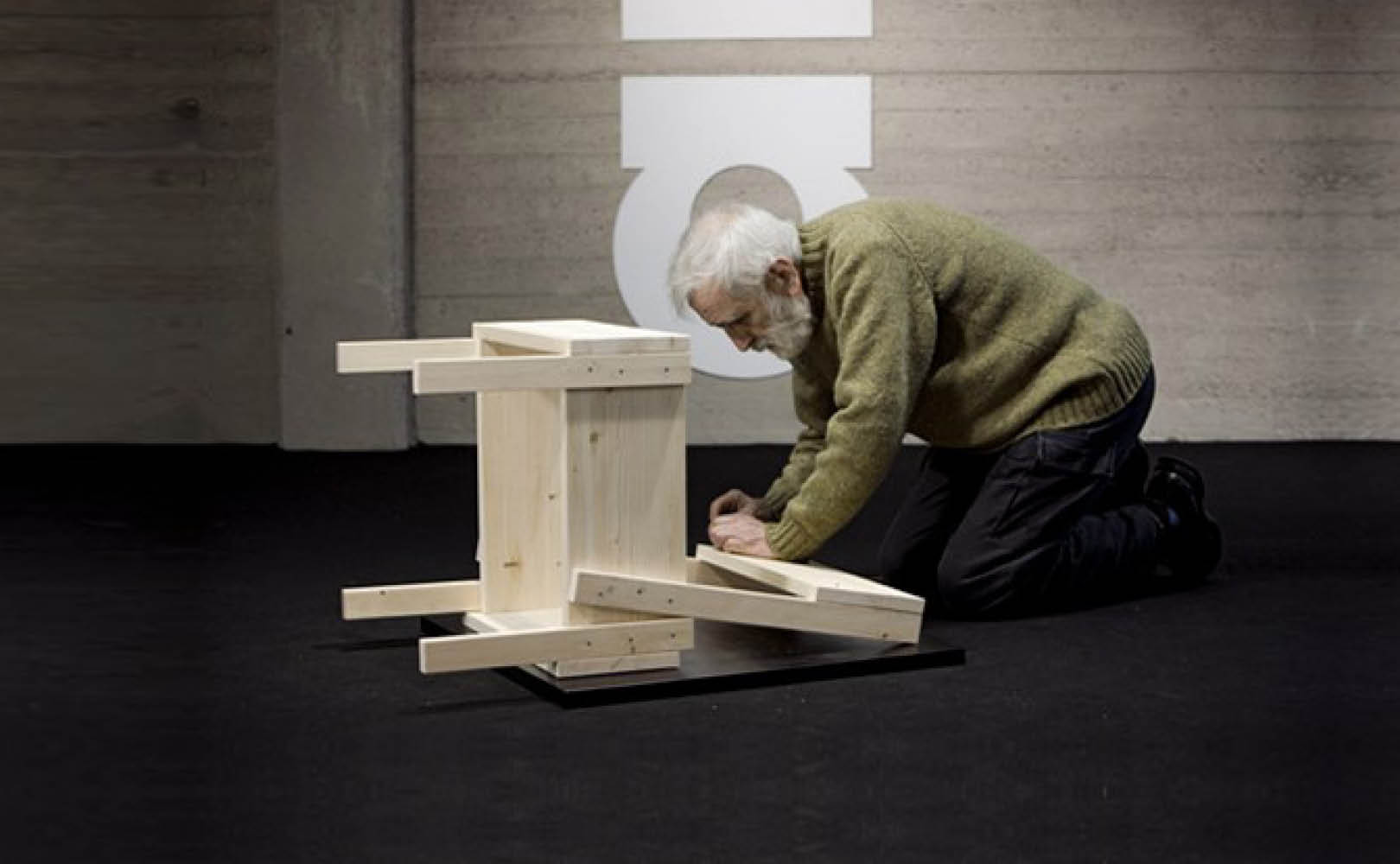
Now, why don’t we roll up our sleeves and build our temporary room? A room we could realize in our special place, a shelter made of simple and easy-to-find materials. This is a challenge that many designers have already undertaken, like the Raumlabor, a group of architects based in Berlin, that launched the Shabby Shabby Apartments competition for several years now, dealing with this theme.
In the upcoming IAHsummer17 event, Archistart means to explore this topic and enrich these researches, trying to give an alternative response to increasingly invasive tourism at the same time.
The aim is to live an experiential tourism: convey the creativity of young designers in order to imagine new and original accommodation facilities.
///
Ora, perché non rimboccarci le maniche e realizzarci una nostra temporary room? Una stanza che potremmo costruirci nel nostro posto speciale, un rifugio realizzato con materiali semplici e di facile reperibilità. Questa è una sfida che tanti progettisti hanno già intrapreso, come il collettivo di architetti berlinese Raumlabor che, con il concorso Shabby Shabby Apartments, sta da diverso tempo affrontando questa tematica.
Nel prossimo evento IAHsummer17, Archistart intende approfondire e arricchire tali ricerche cercando allo stesso tempo di dare una risposta alternativa ad un turismo sempre più invasivo.
L’obiettivo è di sperimentare un turismo esperienziale: convogliare la creatività dei giovani progettisti per immaginare strutture ricettive nuove e non standardizzate.
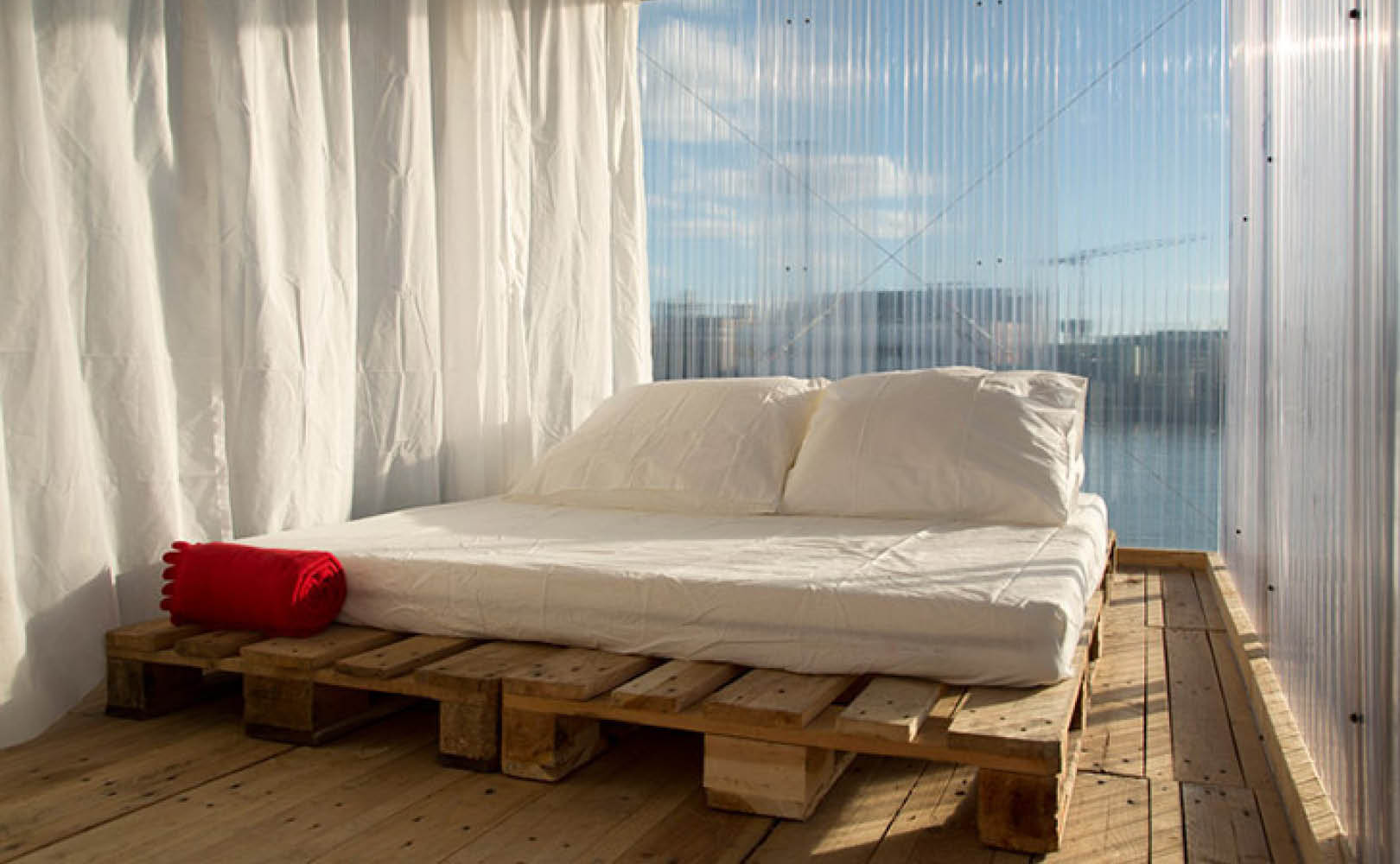
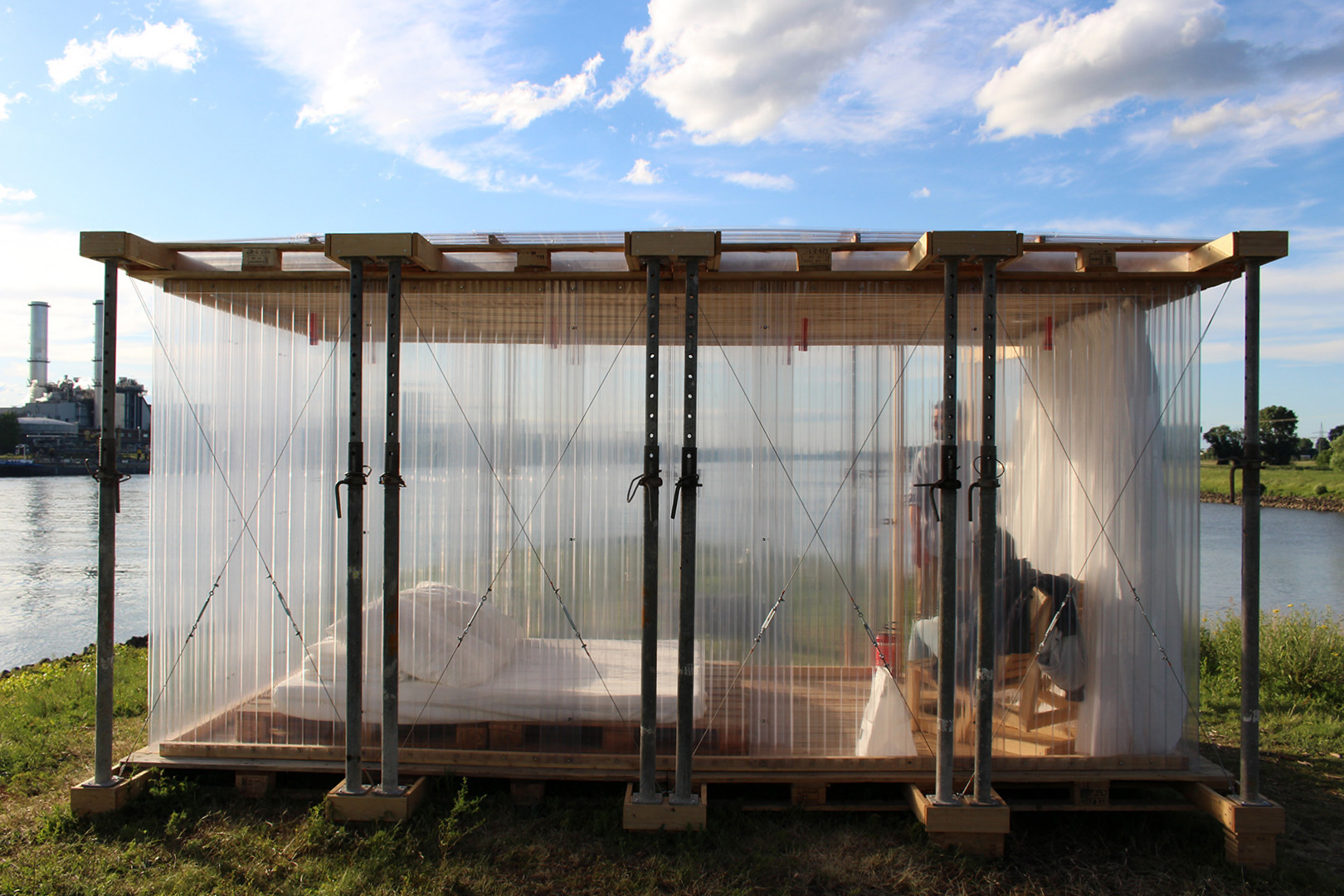
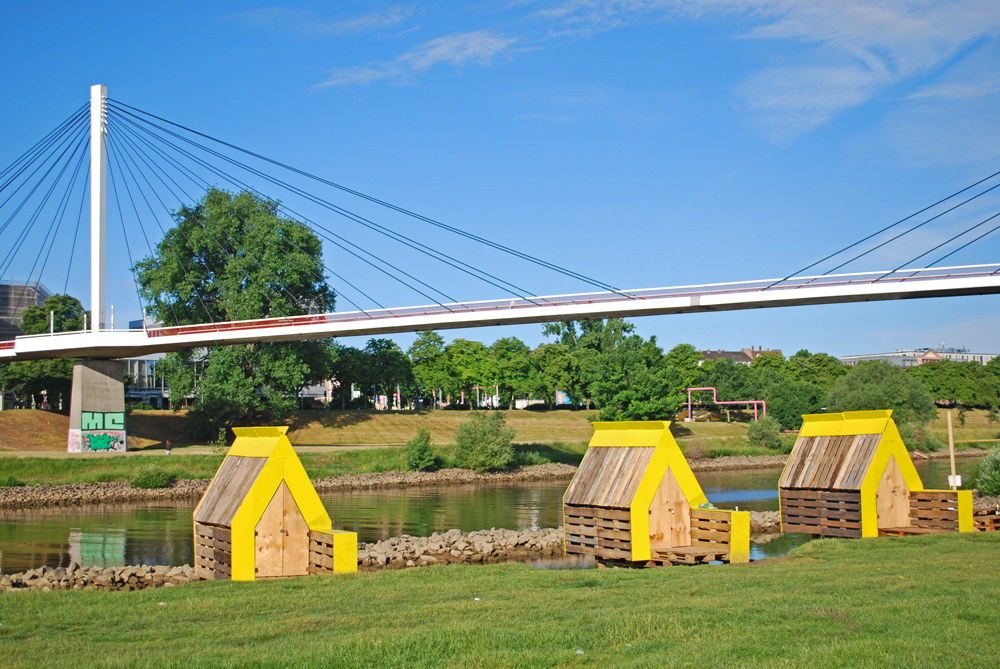
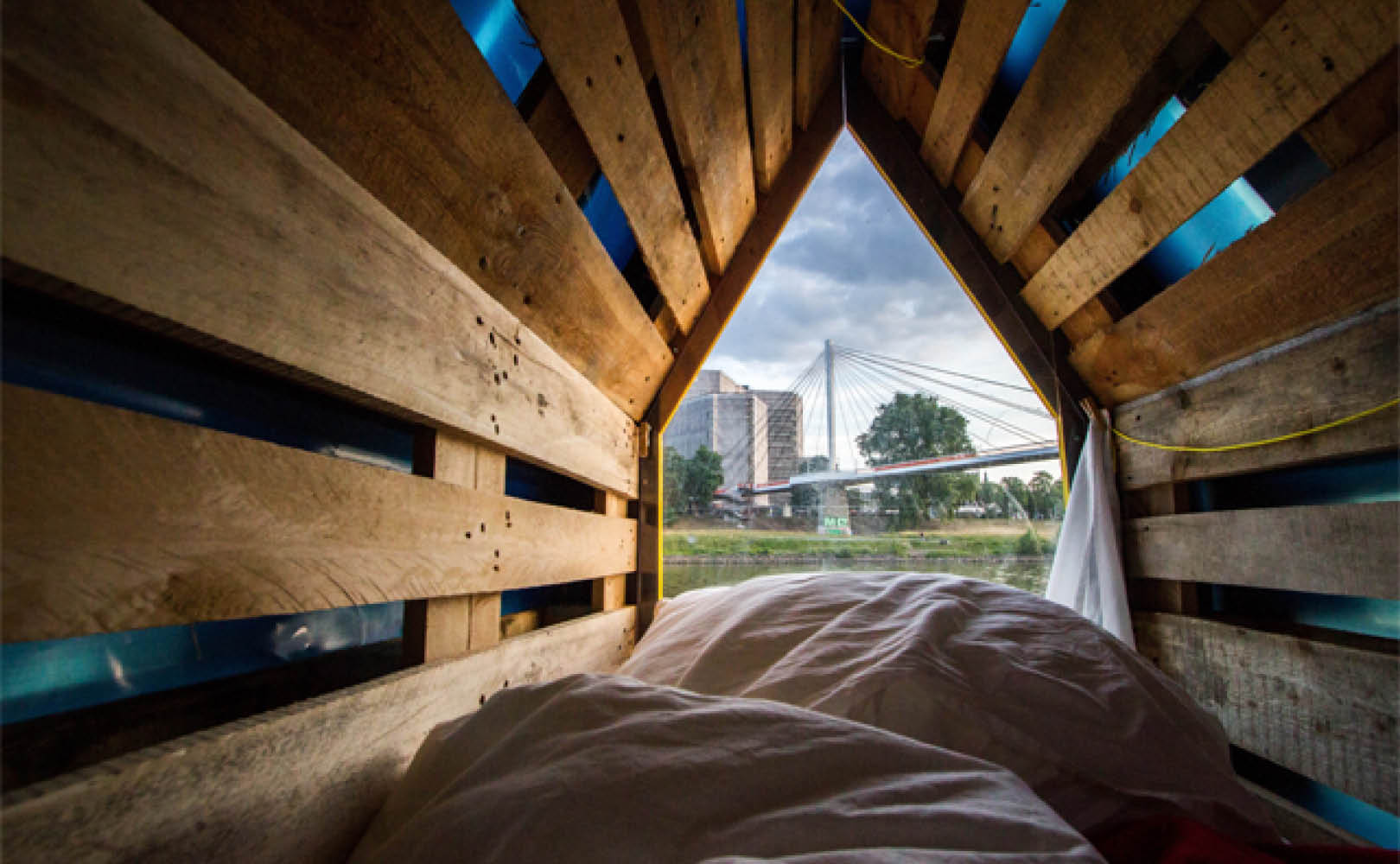
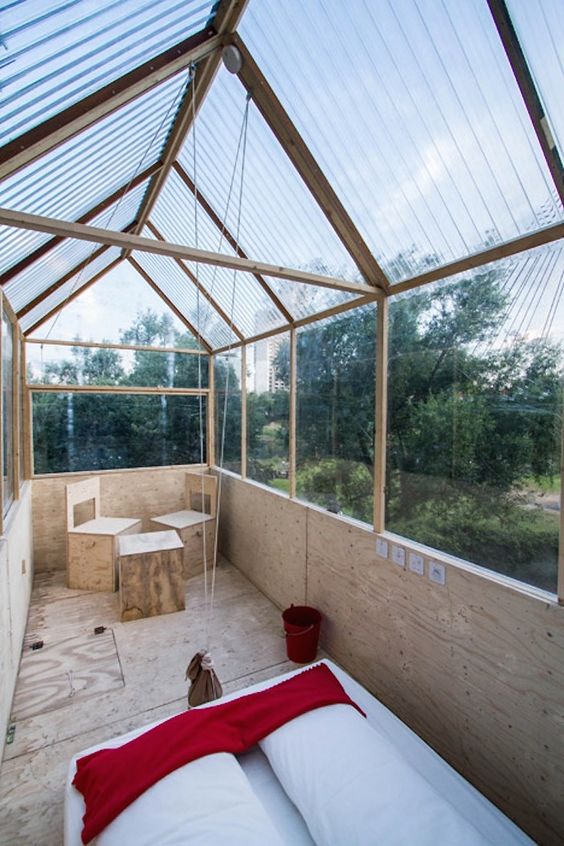

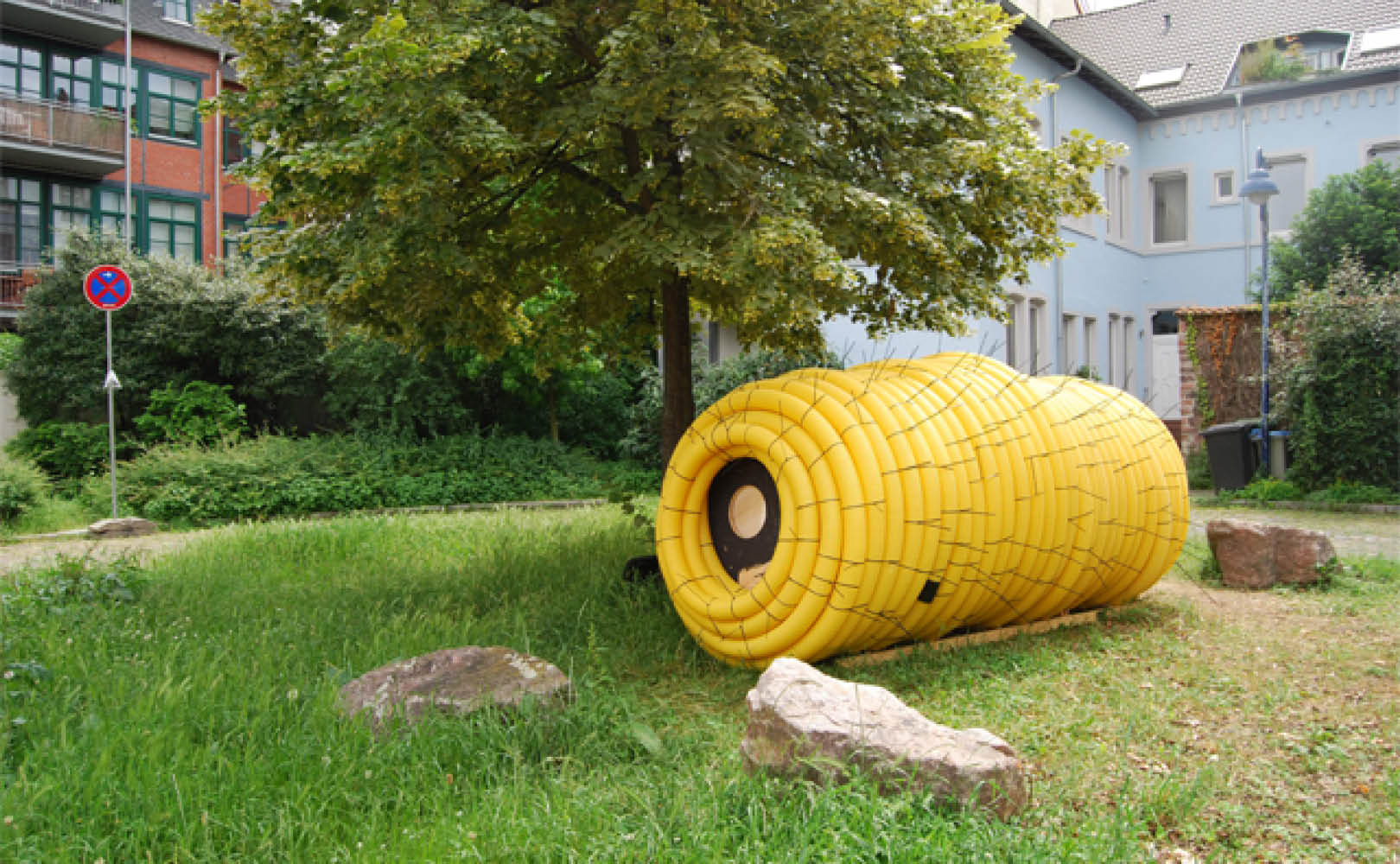
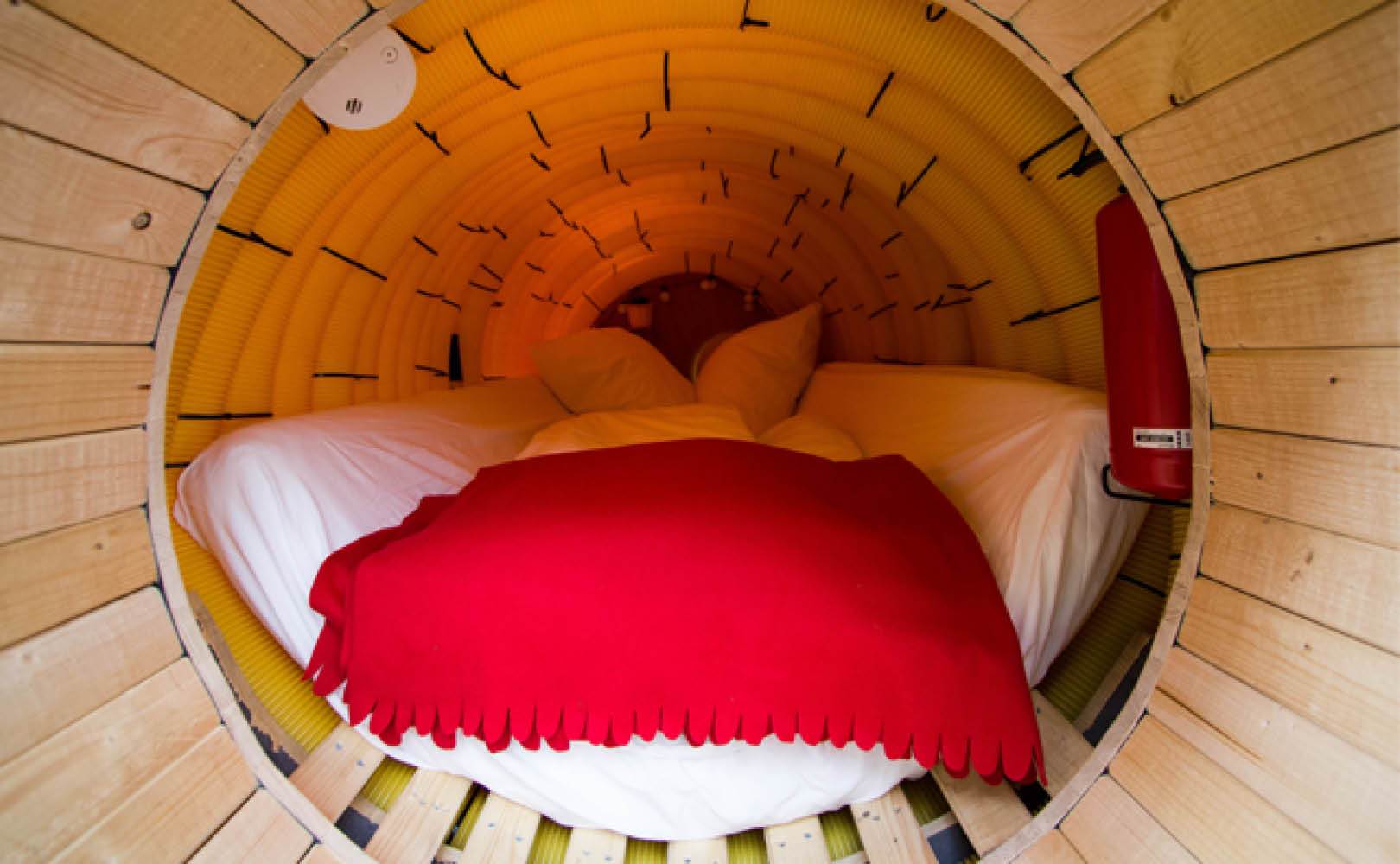
Photography of The Hedonist is courtesy of Nuno Pimenta, Frederico Tavares de Pinho and Miguel C. Tavares. All other photography is by Arthur Bauer.

